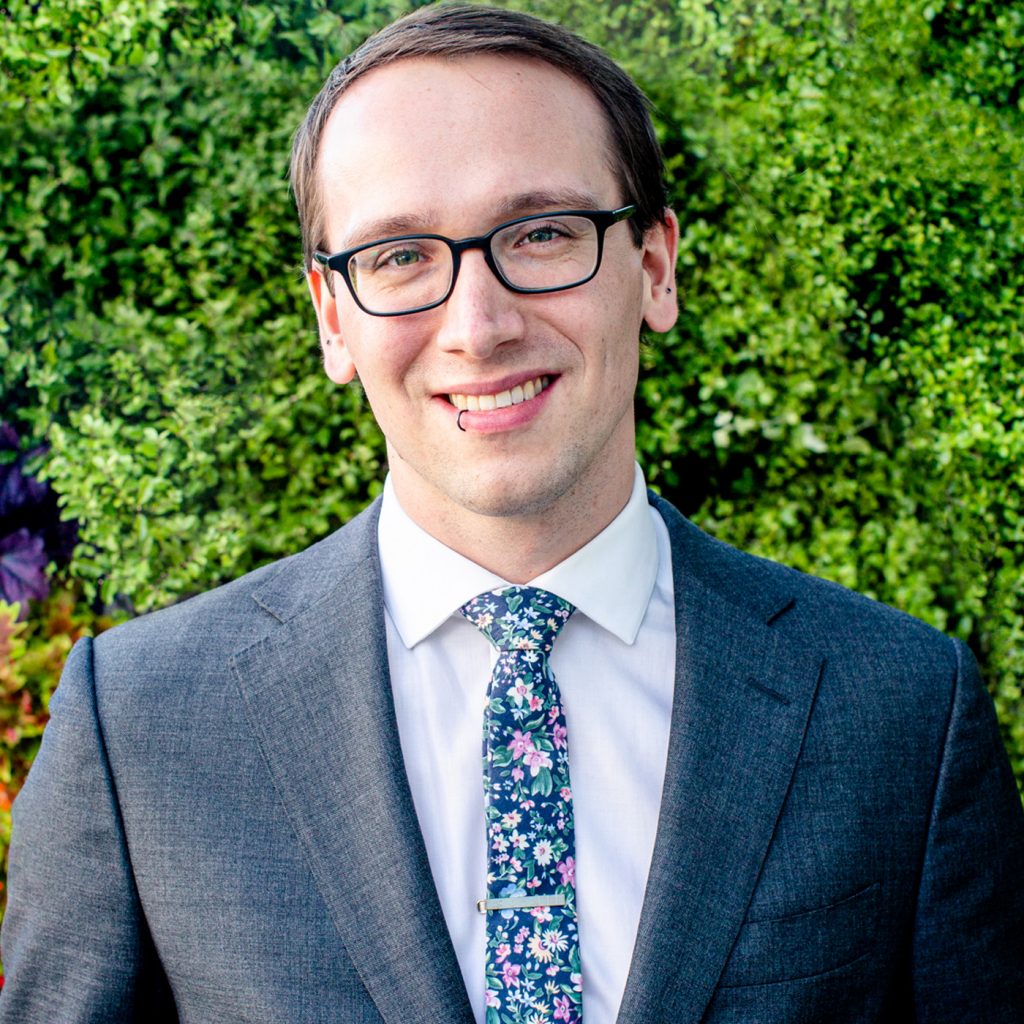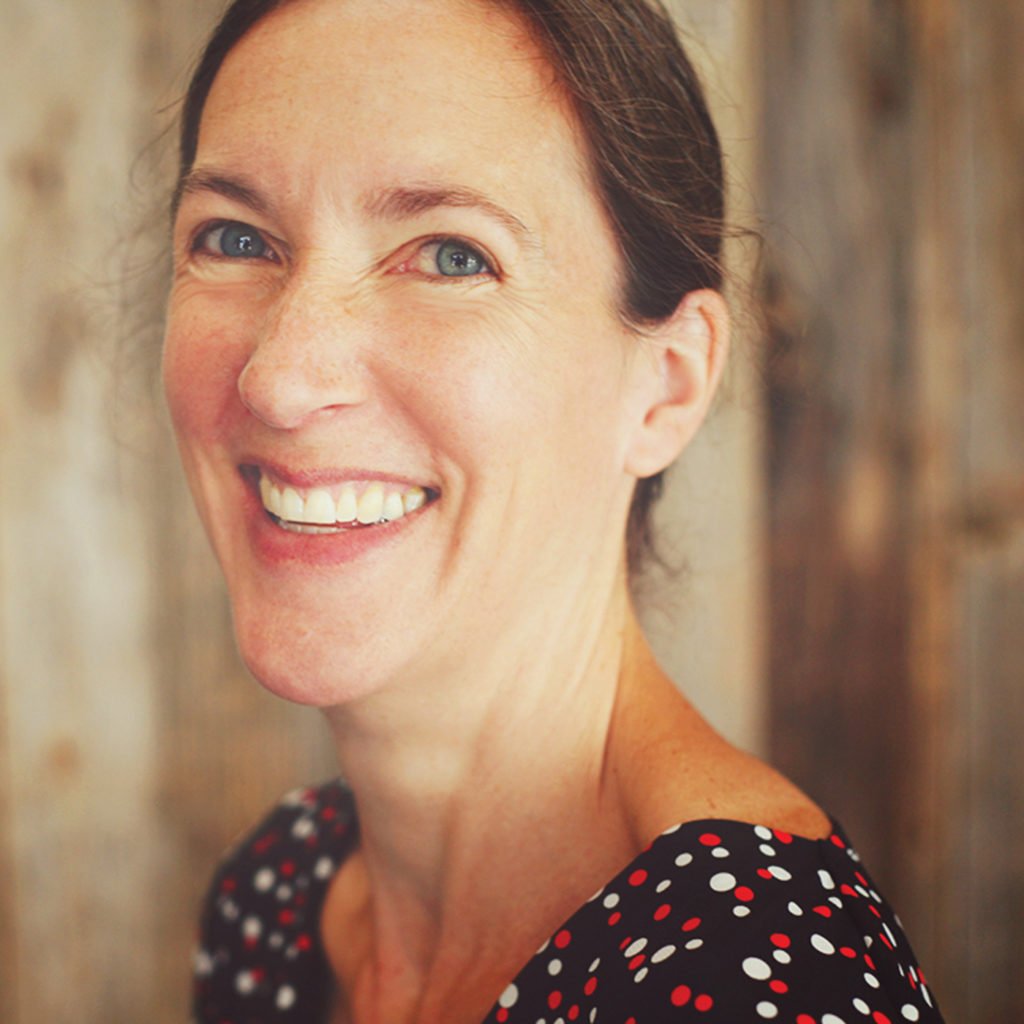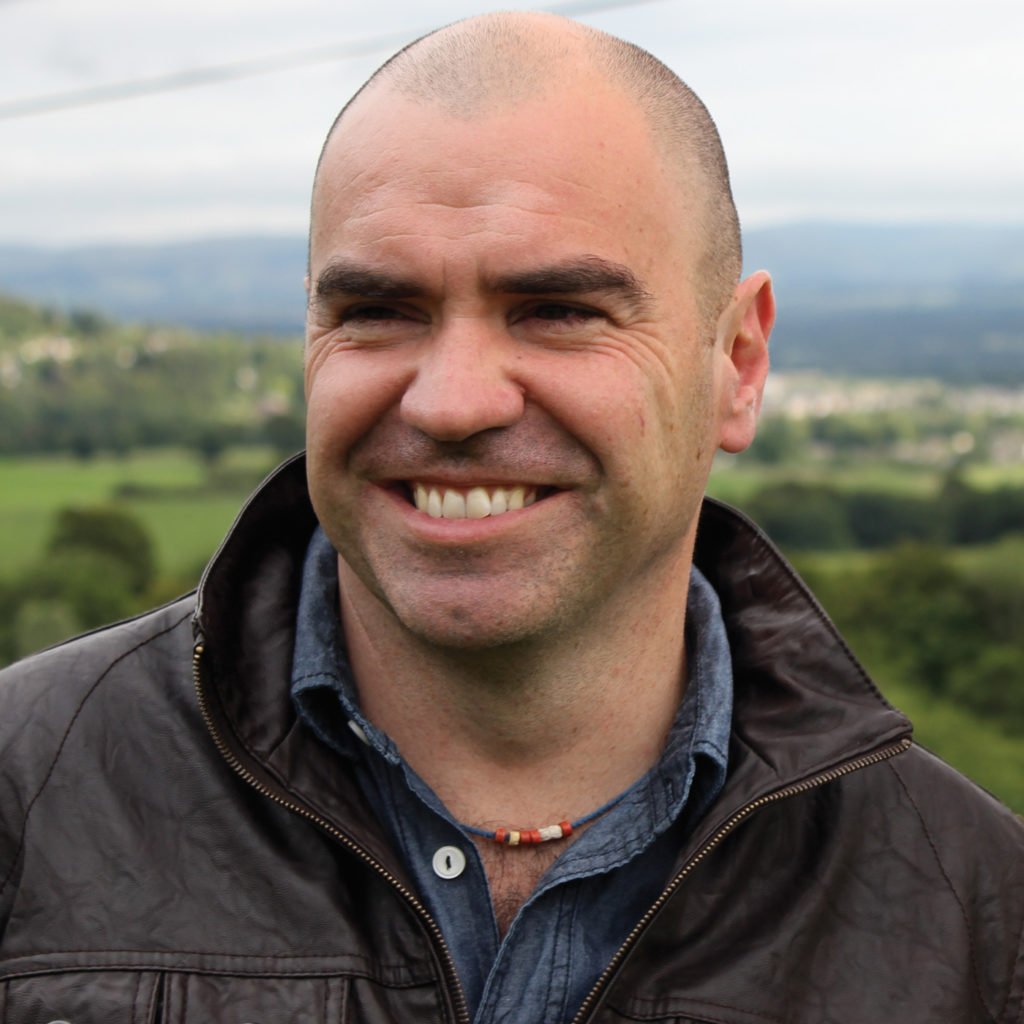After college, I started working with Christy Frank at Frankly Wines in New York City. I’d spent a year as an exchange student in Melbourne, and had visited wineries in Mornington Peninsula and Tasmania, so I was interested to explore the front shelf of the store, where Frank displayed…
To read this article and more,
subscribe now.
To continue reading without interruption, subscribe and get unlimited digital access to our web content and wine search.
This story appears in the print issue
of Fall 2018.
Like what you read? Subscribe
today.
















